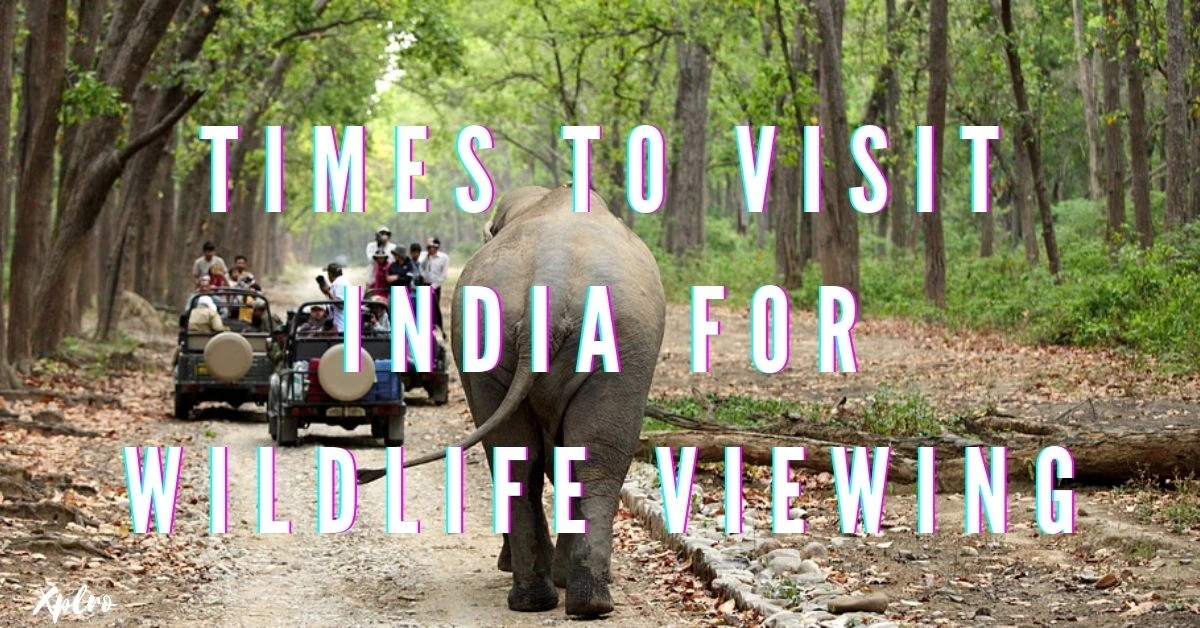Times to Visit India for Wildlife; India’s diverse landscapes, from dense forests to arid deserts, are home to a wide range of wildlife species. Whether you’re hoping to see a majestic Bengal tiger, a rare one-horned rhinoceros, or migratory birds in wetlands, India offers some of the best wildlife viewing experiences in the world. To make the most of your wildlife adventure, timing your visit right is key. Here’s a guide on the Top 10 Times to Visit India for Wildlife Viewing, including the best seasons and parks to explore.
- 1. Winter (November to February) – The Peak Season for Wildlife Safaris
- 2. March to May – The Summer Season
- 3. Monsoon (June to September) – Off-Season but Perfect for Some
- 4. November – The Best Time for Kaziranga
- 5. February to March – Springtime Sightings
- 6. October – The Start of the Safari Season
- 7. December – Migratory Bird Season
- 8. April to June – Best Time for Wildlife Photography
- 9. July to September – Best for Reptiles and Amphibians
- 10. May – The Best Time for Gir National Park
- FAQs
1. Winter (November to February) – The Peak Season for Wildlife Safaris
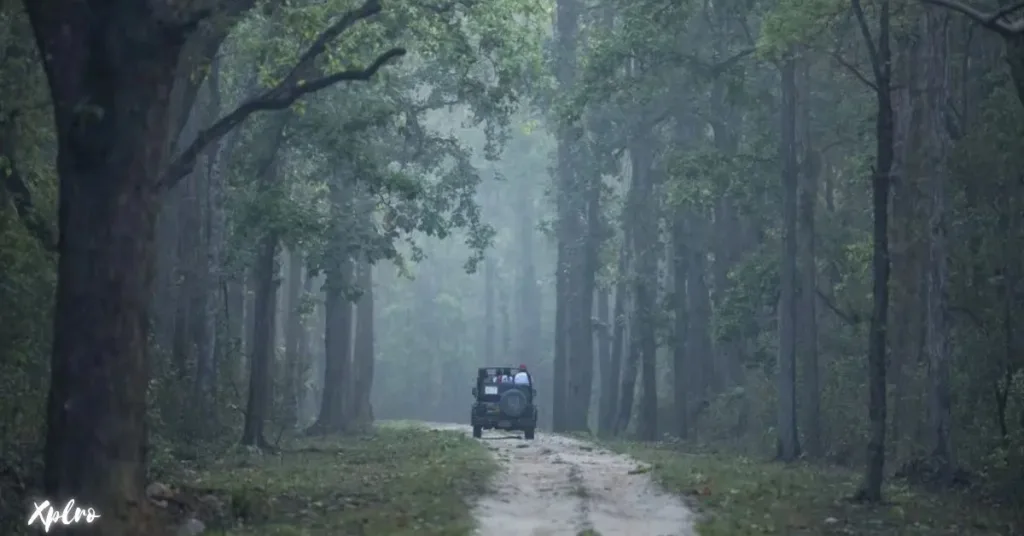
The winter months, from November to February, are ideal for wildlife viewing across most national parks and reserves in India. The weather is pleasant, and animals, especially tigers and elephants, can often be seen near water sources due to the cooler temperatures. This is also the prime season for birdwatching, with migratory birds flocking to the country’s wetlands and sanctuaries.
Top Parks to Visit:
- Ranthambore National Park, Rajasthan: Famous for Bengal tigers.
- Kaziranga National Park, Assam: Known for one-horned rhinoceroses.
- Keoladeo National Park, Rajasthan: A haven for migratory birds.
2. March to May – The Summer Season
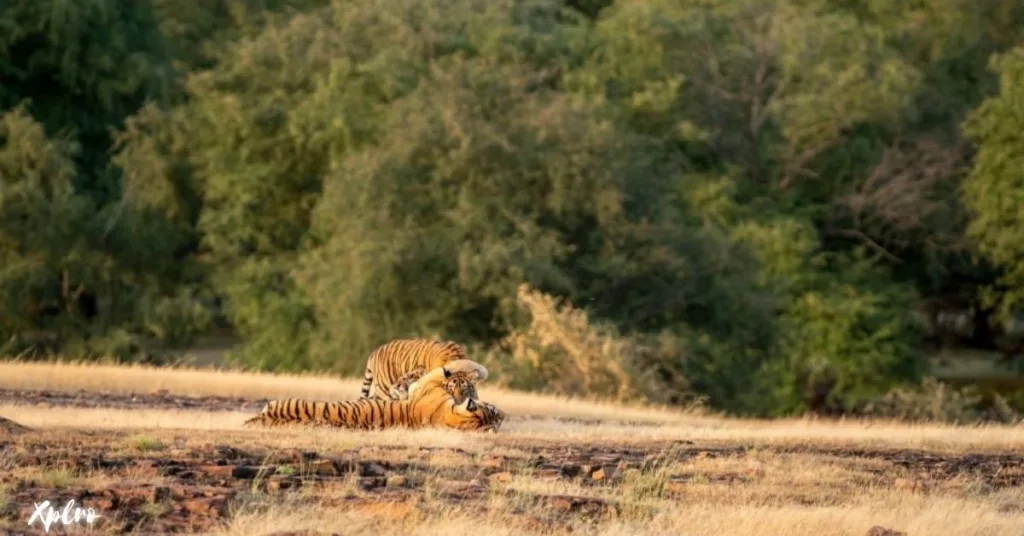
While summer (March to May) brings scorching temperatures to many parts of India, it’s actually one of the best times for wildlife viewing, particularly for spotting elusive predators like tigers and leopards. As water sources dry up, animals congregate around the few remaining waterholes, making sightings more predictable. This period also sees fewer tourists, offering a more intimate wildlife experience.
Top Parks to Visit:
- Bandhavgarh National Park, Madhya Pradesh: High chances of tiger sightings.
- Kanha National Park, Madhya Pradesh: Known for tigers and barasingha deer.
- Pench National Park, Maharashtra: Inspiration for Rudyard Kipling’s The Jungle Book.
3. Monsoon (June to September) – Off-Season but Perfect for Some
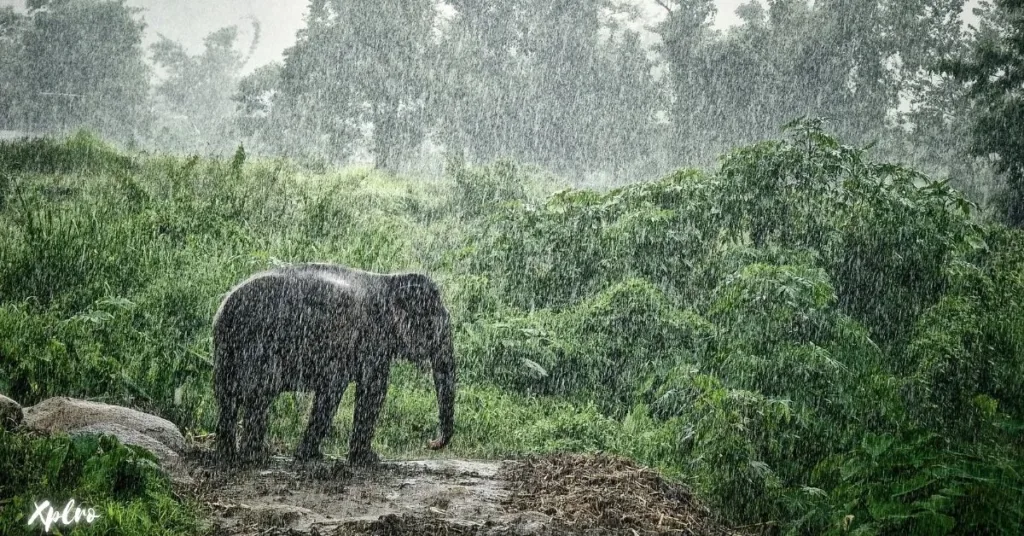
The monsoon season, which runs from June to September, is generally considered the off-season for wildlife tourism in most Indian parks due to heavy rains, which can cause flooding and limit access. However, certain parks remain open during this period and offer unique experiences, particularly for viewing reptiles, elephants, and monsoon-specialist species. Birdwatchers will also enjoy the rejuvenation of wetland habitats.
Top Parks to Visit:
- Periyar National Park, Kerala: Famous for elephants and boat safaris.
- Sundarbans National Park, West Bengal: Known for the elusive Bengal tiger and saltwater crocodiles.
- Silent Valley National Park, Kerala: Lush greenery during monsoon, ideal for nature lovers.
4. November – The Best Time for Kaziranga
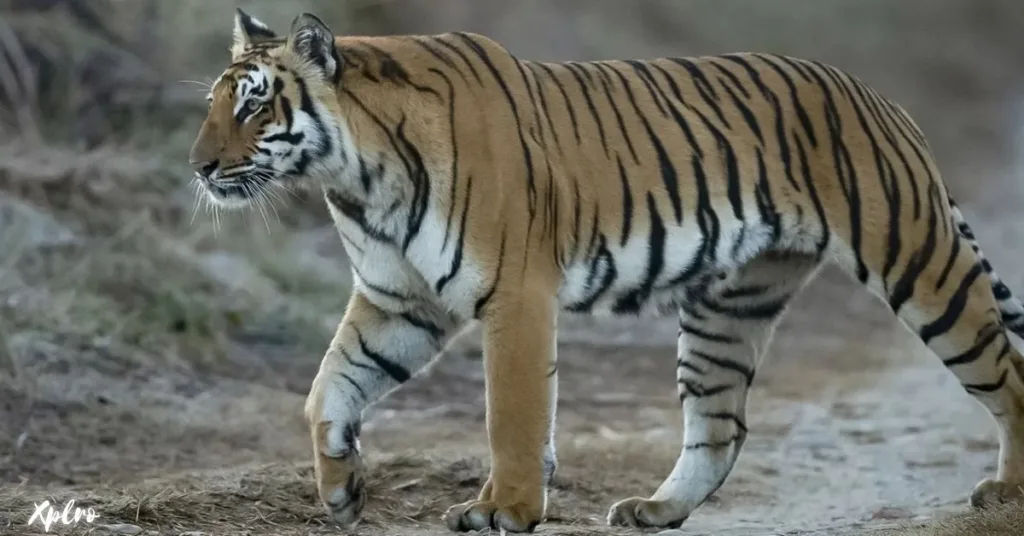
The month of November is ideal for visiting Kaziranga National Park in Assam, a UNESCO World Heritage site renowned for its significant population of one-horned rhinoceroses. This is when the park opens after the monsoon season, and the lush green landscape provides spectacular scenery and excellent animal sightings.
Top Park to Visit:
- Kaziranga National Park, Assam: Home to 70% of the world’s one-horned rhinoceroses.
5. February to March – Springtime Sightings
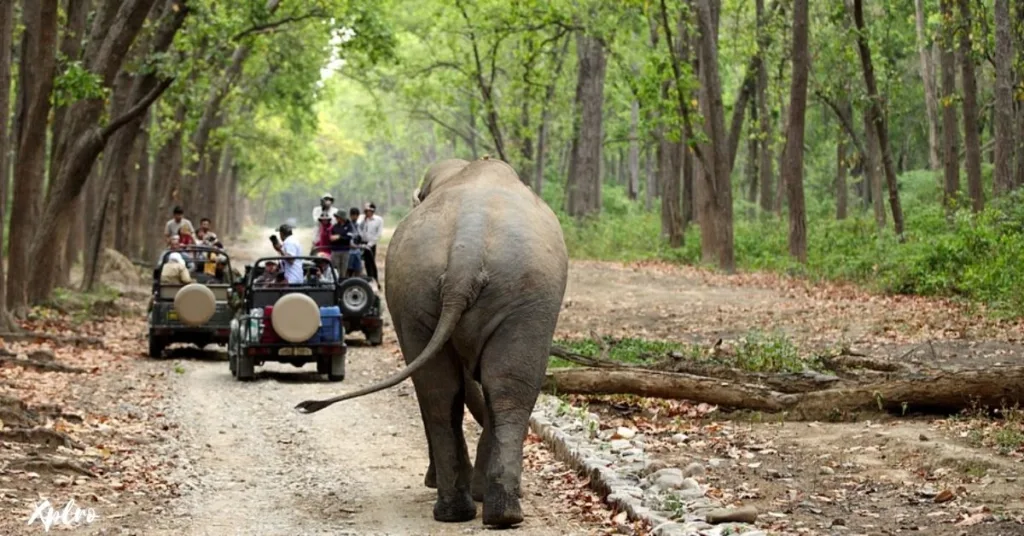
February to March is the spring season in India and offers moderate temperatures that are ideal for both wildlife viewing and enjoying nature treks. This is also the breeding season for several species, and you can expect to see young animals in many parks.
Top Parks to Visit:
- Nagarhole National Park, Karnataka: Great for leopard sightings and large elephant herds.
- Gir National Park, Gujarat: Known for Asiatic lions.
- Satpura National Park, Madhya Pradesh: Unique wildlife experiences, including walking safaris.
6. October – The Start of the Safari Season
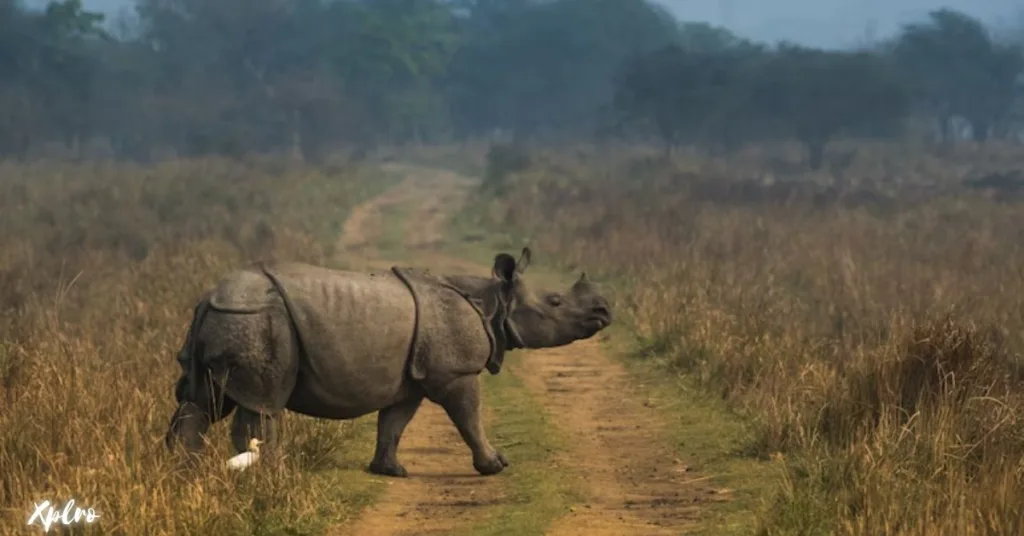
As the monsoons end and the parks reopen in October, animals venture out of the dense undergrowth in search of food and water. This is a wonderful time to visit as the landscape is lush, and the animals are active after the rains.
Top Parks to Visit:
- Jim Corbett National Park, Uttarakhand: The oldest national park in India, known for tigers and rich biodiversity.
- Ranthambore National Park, Rajasthan: A great time for spotting tigers and sloth bears.
- Tadoba Andhari Tiger Reserve, Maharashtra: Famous for frequent tiger sightings.
7. December – Migratory Bird Season
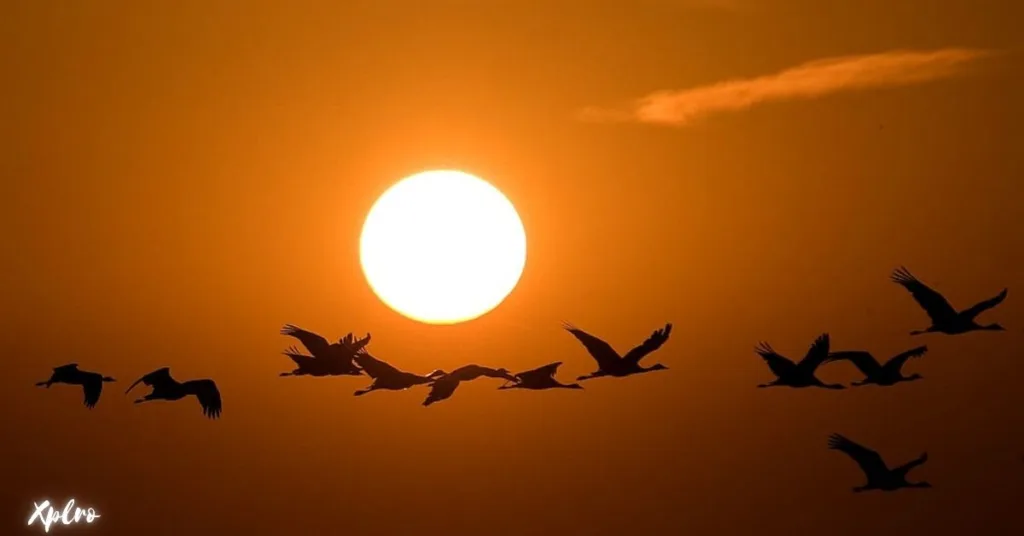
For bird lovers, December is an exceptional month to visit India’s wetlands and bird sanctuaries. Thousands of migratory birds from Siberia, Central Asia, and Europe fly into India during this period, creating a vibrant spectacle of species diversity.
Top Parks to Visit:
- Keoladeo National Park, Rajasthan: A UNESCO World Heritage site with over 370 bird species.
- Chilika Lake, Odisha: Asia’s largest brackish water lagoon, hosting millions of migratory birds.
- Ranganathittu Bird Sanctuary, Karnataka: Best for spotting both resident and migratory birds.
8. April to June – Best Time for Wildlife Photography
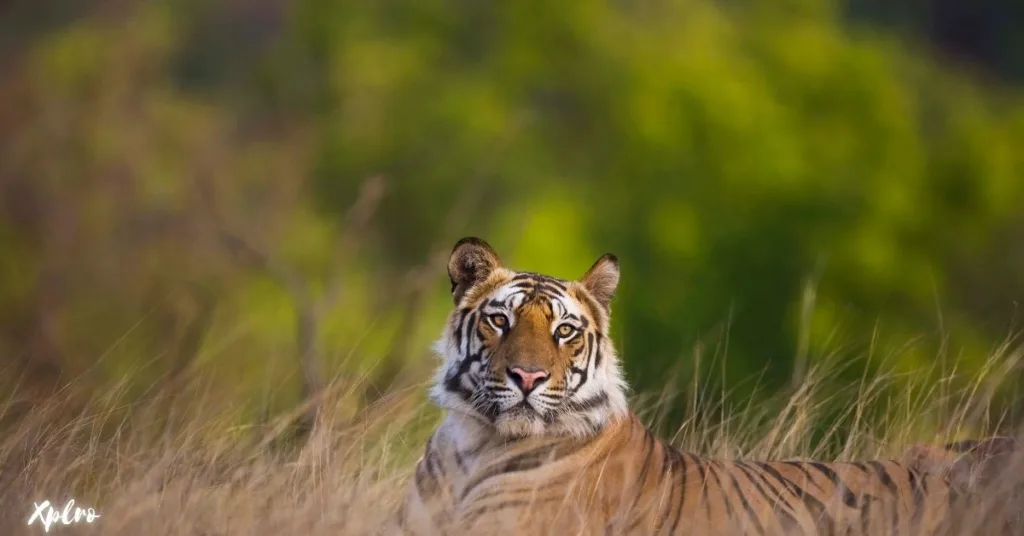
For wildlife photographers, the dry months of April to June offer exceptional opportunities to capture India’s big cats, especially in states like Madhya Pradesh and Maharashtra. The reduced foliage, combined with predictable animal behavior around water sources, makes this period ideal for close encounters.
Top Parks to Visit:
- Panna National Park, Madhya Pradesh: Known for tigers, leopards, and vultures.
- Bandipur National Park, Karnataka: Famous for its wildlife and scenic backdrops.
- Ranthambore National Park, Rajasthan: Offers stunning landscapes for wildlife photography.
9. July to September – Best for Reptiles and Amphibians
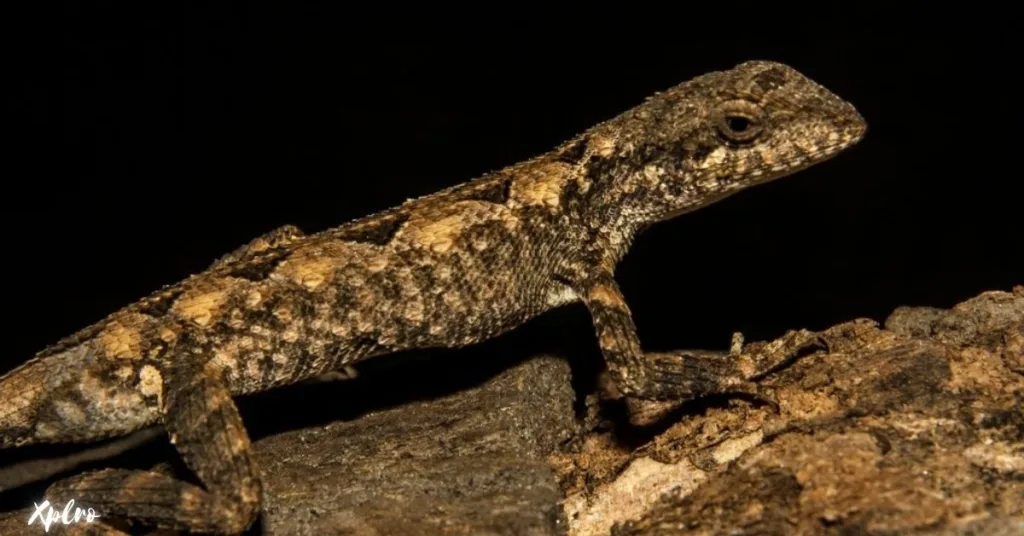
Though many parks remain closed during the monsoon, a few destinations offer unique wildlife experiences during this time. Monsoon brings out various reptiles, amphibians, and insect species, making it perfect for those interested in lesser-known wildlife.
Top Parks to Visit:
- Periyar National Park, Kerala: Known for elephants, reptiles, and monsoon greenery.
- Sundarbans National Park, West Bengal: Excellent for spotting saltwater crocodiles and the famous Bengal tiger.
- Mudumalai Wildlife Sanctuary, Tamil Nadu: Great for elephant sightings and lush green landscapes.
10. May – The Best Time for Gir National Park
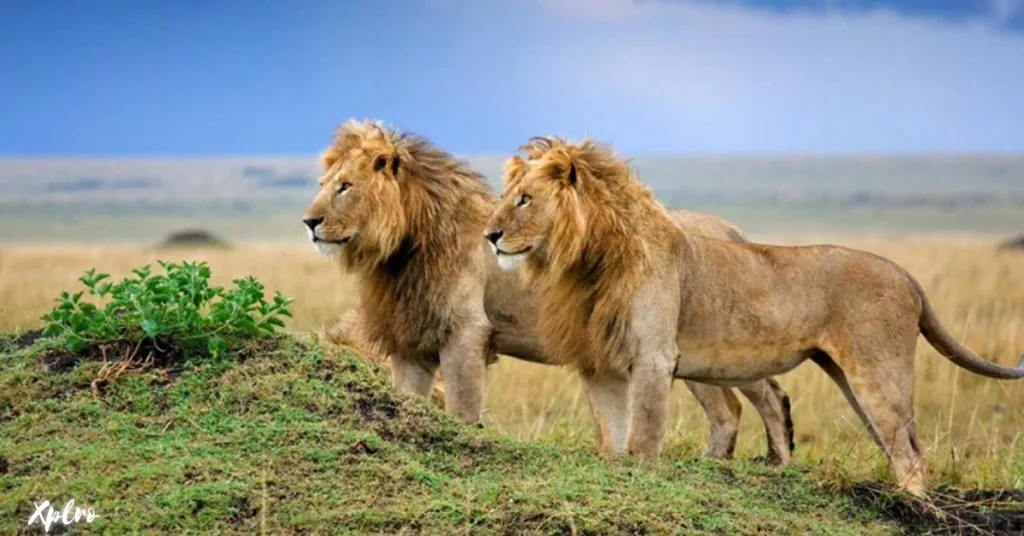
Gir National Park in Gujarat is the last remaining natural habitat of the Asiatic lion. The hot months of May are the best time to visit for lion sightings as they come out to cool themselves near water sources.
Top Park to Visit:
- Gir National Park, Gujarat: The only place in the world to see Asiatic lions in the wild.
Conclusion – Times to Visit India for Wildlife
From majestic Bengal tigers to the awe-inspiring migration of exotic birds, India’s wildlife viewing is as diverse as its landscapes. To plan your unforgettable adventure, Xplro.com offers a guide to maximize your experience. Time your visit right – winter (November to February) is ideal for tigers, elephants, and migratory birds across most parks. Summer (March to May) offers opportunities to see elusive predators like tigers and leopards around waterholes, with fewer crowds. Monsoon season (June to September) is generally the off-season, but some parks see reptiles, elephants, and monsoon-specialist species emerge. November is perfect for Kaziranga National Park’s one-horned rhinos, while spring (February to March) boasts moderate temperatures ideal for spotting young animals during breeding season. As monsoons end in October, parks reopen with lush landscapes and active animals. December is a birdwatcher’s paradise with migratory birds flocking to wetlands. Dry months (April to June) offer exceptional wildlife photography opportunities, especially for big cats. Even during the monsoon, a few destinations showcase unique wildlife like reptiles and amphibians. For Asiatic lions, Gir National Park in Gujarat is best visited in the hot days of May. Remember, planning your trip based on the season and your desired wildlife sightings is key to unlocking the magic of India’s incredible wilderness. Let Xplro.com guide you to an unforgettable adventure!
FAQs
1. When is the ideal time to visit India for wildlife viewing?
- The best time to visit India for wildlife viewing is typically between November and April. This period falls during the dry season, which makes it easier to spot animals, especially as they gather near water sources.
2. Which months are best for tiger sightings in India?
- To maximize your chances of spotting tigers, visit between March and June. Parks like Ranthambore, Bandhavgarh, and Tadoba are known for frequent tiger sightings during these hot months, as tigers often stay near water bodies to cool off.
3. Are national parks open during the monsoon season?
- Most national parks in India are closed from June to September due to heavy rainfall during the monsoon. However, a few, such as Periyar National Park and the Sundarbans, remain open and offer distinct wildlife experiences during the rainy season.
4. When is the best time to visit Kaziranga National Park?
- The ideal time to visit Kaziranga National Park is from November to April. After the monsoon, the park’s lush landscape comes alive, and you can easily spot the famous one-horned rhinoceros, along with other wildlife.
5. What parks are good to visit during winter for wildlife viewing?
- Parks like Jim Corbett National Park and Ranthambore National Park are great for winter visits. The cooler months, from November to February, provide excellent conditions for safaris and wildlife viewing.
6. What wildlife can I expect to see in India during the monsoon?
- In parks like Periyar and Silent Valley that remain open during the monsoon, you can spot species like elephants, reptiles, and amphibians. The rains also enhance the greenery, making the landscape a visual treat for nature lovers.
7. Which parks are best for birdwatching in India?
- For avid birdwatchers, Keoladeo National Park in Rajasthan and Chilika Lake in Odisha are top destinations. Winter months, from November to February, are perfect for seeing migratory birds.
8. Is it safe to take children to national parks in India?
- Yes, many parks like Kanha National Park and Jim Corbett National Park are safe and suitable for family trips. Guided jeep safaris are safe for children and provide an exciting adventure while maintaining safety.
9. Should I book my wildlife safaris in advance?
- Yes, booking your wildlife safaris in advance is highly recommended. Popular parks like Ranthambore, Bandhavgarh, and Kaziranga have limited safari permits that fill up quickly, especially during peak season.
10. When should I visit Gir National Park to see Asiatic lions?
- The best time to visit Gir National Park, home to the Asiatic lion, is from December to April. The cooler temperatures and dry conditions make lion sightings more frequent and enjoyable during this time.
11. Can wildlife viewing be combined with other activities in India?
- Yes, India offers diverse travel experiences. For example, after a safari in Ranthambore, you can visit the historic Ranthambore Fort, or combine a wildlife trip in Jim Corbett with adventure activities like river rafting in Rishikesh.
12. What should I bring on a wildlife safari in India?
- Pack light and neutral-colored clothing, a wide-brimmed hat, sunglasses, sunscreen, binoculars, a camera, insect repellent, and comfortable shoes. Dressing comfortably and being prepared for different weather conditions will enhance your safari experience.


